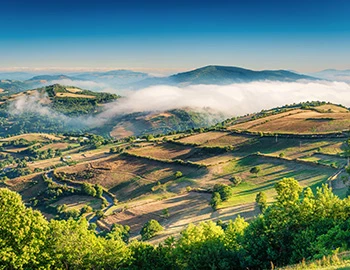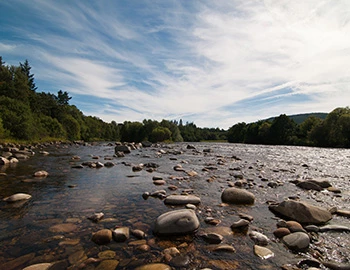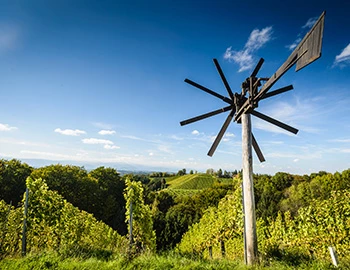Hawkes Bay
Hawke’s Bay is located in the east of New Zealand’s North Island and is the country’s oldest and second-largest wine-growing region (approx. 4640 hectares), dating back to 1851. Hawke’s Bay is New Zealand’s largest wine-growing region for high-quality red wines, accounting for over 80 percent of its total production of Cabernet Sauvignon, Merlot and Syrah. Chardonnay and the two varieties Cabernet Sauvignon and Merlot make up around 50 percent of total production at Hawke’s Bay. White and red wines are produced in approximately equal amounts. The region produces a total of 10 percent of all New Zealand wines.
Hawke’s Bay is situated on the 39th southern parallel (which corresponds to Madrid’s location in the northern hemisphere) making it one of the hottest and sunniest areas in New Zealand. A maritime Mediterranean climate, permeable soil types with low natural fertility, hot, dry winds from the northwest, low rainfall and a long vegetation period allow for the cultivation of a wide variety of grapes in the different vineyards. Compared to Europe, some parts of the region are slightly warmer than Burgundy, while others are cooler than Bordelais. Hawke’s Bay has over 25 different types of soil and a particularly high soil diversity. In addition to clay, limestone, sand and gravel, it features the typical Gimblett Gravels, which consists of dry, permeable gravel soil with sandy lime.
Hawke’s Bay has the country’s highest percentage of wineries accredited according to the guidelines of Sustainable Winegrowing New Zealand (SWNZ): 70 percent of over 170 wineries. Hawke’s Bay is committed to this independently conducted sustainability programme and the number of accredited businesses is growing steadily.
The unique and elegant red wines of this region blend the fruit of the New World with the structure of the old world of wine. Due to its very high quality, which can easily hold its own against the best red wines worldwide, and its competitive prices compared to high-priced world-class wines, Hawke’s Bay continues to grow consistently.
The region is connected to the world via the airport of the city of Napier. Napier is a centre of Art Deco and offers a wide variety of attractions: both architectural and culinary. The nearby Ruahine Forest National Park is the perfect getaway for extended hikes.
White wines from Hawkes Bay





